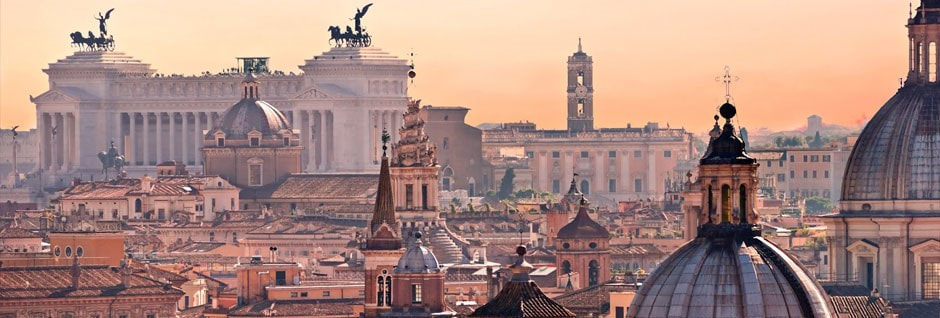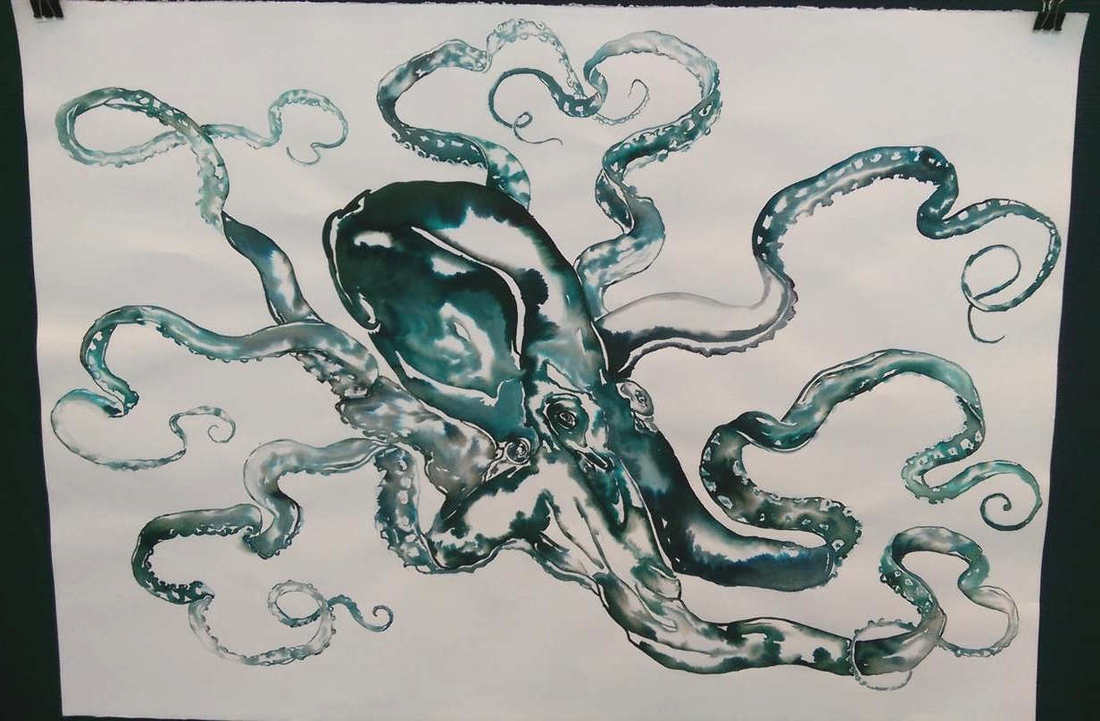|
By Niall Duncan
The rich scientific program enjoyed each year at the OHBM conference is the product of persistent hard work by the program committee. They take the raw material of the abstracts and proposals submitted by scientists all over the world and craft it into the finely polished end result that we all see. That means deciding which symposia get the green light, which abstracts become oral presentations and which posters only, and which researchers will be given the distinction of presenting their work in a keynote address. This year the committee was chaired by Prof. Guillén Fernandez of the Donders Institute. We met with him to find out how the process went this year, to learn about his scientific path, and to hear his thoughts about the brain and how we study it.
0 Comments
By Claude Bajada, Emiliano Ricciardi, Pietro Pietrini and the Rome LOC
As you might know, the 25th OHBM Congress will come back to Italy and this time we will be in Rome. The capital and the largest city of Italy, Rome is one of the most visited cities in the world and is famous for its extensive, rich history. Delegates will travel from all corners of the world, all nooks and crannies to visit the eternal city for a week of neural cartography. By Ekaterina Dobryakova
Shubigi Rao, the Singapore-based artist whose works were presented at the OHBM 2018, grew up surrounded by science. As a child, she owned and was fascinated by rare books from the 17th-20th centuries that explored science and natural history. Neuroscience has always mesmerized her --- something she shares with brain mappers. Now Shubigi is a self-taught neuroscientist, with a neuroscience theory under her belt and art installations that often depict primordial ocean creatures with a complex central nervous system that are also reminiscent of sprouting dendrites and stained neurons. We reached out to Shubigi Rao to get a behind-the-scenes look at her artistic thought processes: |
BLOG HOME
Archives
January 2024
|


 RSS Feed
RSS Feed